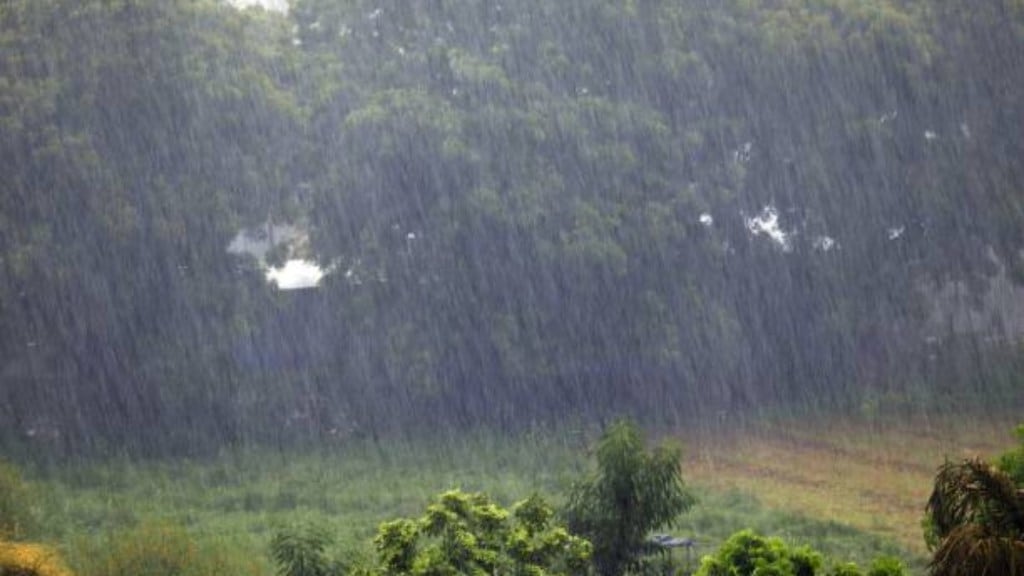A favourable augury for agricultural operations during the kharif season is the prospect of above- normal southwest monsoon rains from June to September this year, according to the India Meteorological Department (IMD). Private weather forecaster Skymet, for its part, has predicted normal rainfall. Average to above-average rainfall is the blended forecast of the UK Met Office, the National Centres for Environmental Prediction, and the European Centre for Medium-Range Weather Forecasts. Normal means that rainfall over the season is between 96 and 104% of the long period average of 868.6 mm. The IMD states it would be 105%, while Skymet pegs it at 103%. If IMD’s predictions hold true, this would be the second straight year of above-normal precipitation after below-normal rainfall in 2023. Last year, the IMD’s prediction of above-normal rains during the season turned out to be correct, reflecting an overall improvement in the accuracy of its forecasts of all-India seasonal rainfall. Average absolute forecast errors reduced by 21% during 2007-2024 when compared to 1989-2006 due to its multi-model, ensemble-based forecasting system that includes IMD’s own model.
The forecasts of above normal and normal rains by IMD and Skymet is largely due to the absence of El Nino conditions—associated with the warming of sea surface waters in the central and eastern tropical Pacific Ocean—which tends to weaken the southwest monsoon, as it did in 2023. In fact, neutral conditions are likely to prevail in the Pacific during the season in which surface water temperatures are neither abnormally warm nor cool. The absence of any adverse effect from these neutral conditions is also the supporting factor for average and above-average rains in the blended global forecast. IMD’s forecast factors in neutral Indian Ocean Dipole conditions—in which sea surface temperatures are near normal in the western and eastern Indian Ocean during the season—and the Eurasian snow cover, which has an inverse relation with the monsoon. The latter was observed to be below normal during January-March 2025, boosting the prospects for bountiful rainfall. This will be experienced in most parts of the country except Ladakh, the northeast, and Tamil Nadu. Skymet, however, suggests there will be relatively less rainfall earlier in the season, with a pick-up in the second half.
If true, the monsoon’s uneven temporal spread warrants concern as it has a crucial bearing on crop output during the kharif season. June and July are crucial months for the sowing operations for crops like paddy, coarse cereals, pulses, and soybean. It is not known whether heatwave conditions would impact kharif food grain production this year. The above-normal rains in 2024 were responsible for higher levels of food grain output on-year by 6.8% in 2024-25 (July-June). But if the rain gods are parsimonious this year, the spectre of drought and distress will haunt the countryside.
The policy imperative must be to ensure that agriculture does not remain hostage to the vagaries of the southwest monsoon and climate change. The need is to build more irrigation facilities to reduce monsoon-dependence, especially for small and marginal farmers, as well as to develop climate-resistant seeds. This is less of a concern in Punjab, Haryana and western Uttar Pradesh, which have access to canal irrigation. Above all, contingency plans must be in place if drought conditions indeed occur.

